Frank Lantz: Why Go Is More Than a Game


This article is an editorial adaptation of the All Things Go episode (Oct 9, 2024) hosted by Travis with guest Frank Lantz. We did not conduct the interview. The text is based on the episode’s transcript and lightly edited for clarity and flow, with added context notes and links to referenced works. The speakers’ meaning and intent are preserved; any remaining mistakes are ours.
Who is Frank Lantz
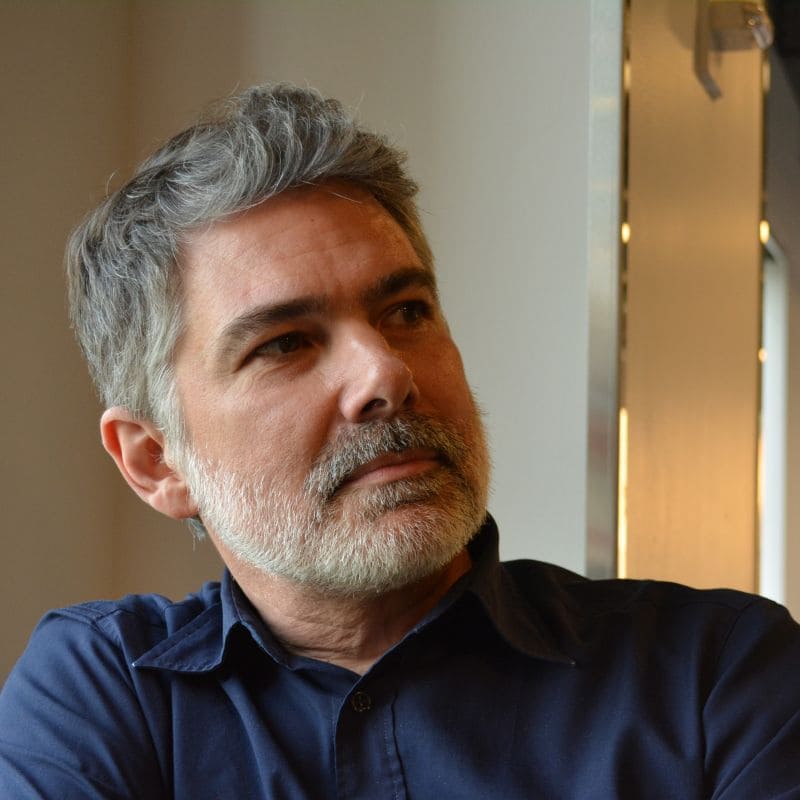
Travis: Before we dive in: Frank was featured in the AlphaGo documentary; he’s the founding chair of the NYU Game Center, has taught game design for over 20 years at NYU, Parsons, and the School of Visual Arts, and he published The Beauty of Games with MIT Press.
Frank Lantz: “It’s my pleasure—thanks for inviting me… My position is that games—it’s not that they’ve become something like an art form—they’ve always been something like an art form… traditional games and sports, board games, strategy and gambling games are best understood as cultural objects that are similar to an art form.”
Travis: You also gave a lecture at the 2014 U.S. Go Congress in New York—on elegance and emergence in Go. Could you say a bit more about that?
Frank Lantz: “As I was first a beginner and started learning the game, you really can’t see much beyond the rules… there are so many layers to it—and then as you peel back those layers…”
Travis: You’ve argued Go is unusually watchable—even more transparent than chess for newcomers.
Frank Lantz: “I don’t think it’s that much harder to watch and understand… in some ways Go is easier to watch and understand… if you look at a Go position even a novice can say: ‘whoa, White has a lot of territory’… it’s so visual, easier to see the flow of shapes on the board; you see it’s about surrounding territory, then a fight happens—it’s exciting and dramatic. Go has beauty that you can feel… you experience the beauty in the tension between the rules and the consequences of those rules, your own choices, and how it all fits together.”
Games as an Aesthetic Form
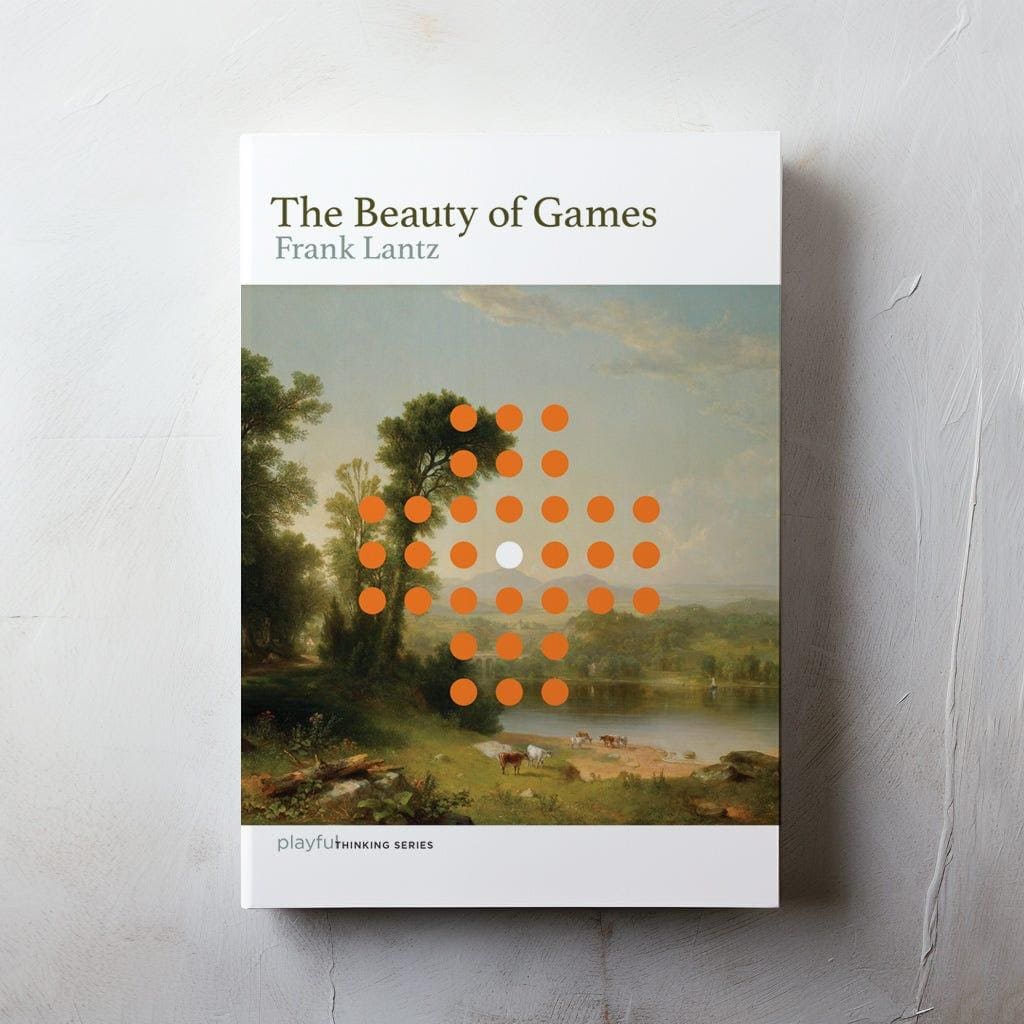
Travis: Your book argues that games aren’t merely hobbies; they’re an aesthetic form. Can you unpack that in the context of Go?
Frank Lantz: “It’s not that [games have] become something like an art form; they’ve always been something like an art form”—not only video games, but traditional games and sports, board and strategy games as cultural objects.
Travis: So the key move is to treat play like other aesthetic activities?
Frank Lantz: Exactly. Some things we do to accomplish a result—fixing the car, doing the dishes. But aesthetic activities are things we do for their own sake: dancing, making music, participating in experiences that are valuable intrinsically. Games fit that pattern.
Travis: And it isn’t solitary tinkering. It’s a public conversation—more like music or cinema—made by and for a community.
Frank Lantz: Right. Aesthetic life is collaborative: players, makers, critics all debate what’s good, how it should be done, what values are at stake. That shared dimension is central to why games, including Go, belong in the aesthetic domain.
Go: Simple Rules → Emergent Complexity
Travis (summary): You describe Go as an investigation into simple rules that somehow produce vast, surprising complexity. How does that “elegance” work in practice?
Frank Lantz: “Go is an artwork that is about that… Go is an investigation into a simple set of rules that produces an endless amount of complexity and depth and surprise.” He adds, “This idea of elegance is: how much stuff can you carve away and still have something that lights up.”
Travis (summary): You often reach for cellular automata here—Conway’s “Game of Life,” for instance.
Frank Lantz: “John Conway… created this thing called the Game of Life, a wonderful demonstration of how you can have very, very simple iterative rules on a grid… and you end up with weird, bubbling, complicated, interesting patterns that almost look like a living organism or an ecosystem.”
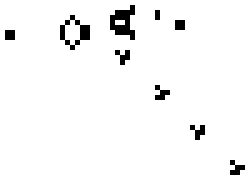
Frank Lantz: “And Go is like that too… a particular combination of rules—placing stones, surrounding territory, a capture rule—that you’d think wouldn’t be interesting. You could imagine a world where the person who goes first wins by one point every time… but it turns out that’s not the case.”
Frank Lantz: “This is Darwin’s great insight… you don’t need a magical designer—if you think about how things relate to each other, some things eat other things, you have babies, and so on—you could get feathers and eyes and peacock tails out of the iteration of a simple set of rules… and Go is an artwork that is about that.”
Cultural Context: the “Four Arts” and Lived Experience
Travis: In Chinese tradition, Go wasn’t merely a pastime—it was part of a classical education. Can you situate Go in that cultural frame?
Frank Lantz: “This is not that new of an idea in Chinese culture… when Go was a really important part of understanding what culture was. Go was considered one of the four arts of a cultivated Chinese gentleman—you learned Go alongside the instrument, painting, and calligraphy.”
Travis: You also argue that Go’s beauty is real even when it isn’t obvious to the eye.
Frank Lantz: “Music doesn’t have beauty that you can see, but it has beauty that you can hear—Go has beauty that you can feel… You experience the beauty in the tension between the rules and the consequences of those rules, your own choices, and how it all fits together.”
Travis: That sounds hard to put into words. Is our vocabulary for this kind of beauty still underdeveloped?
Frank Lantz: “It’s harder to describe… we don’t have good language—even though this is an ancient form of culture—for describing what it is about Go that makes it beautiful in this particular way. That’s one of the reasons I wrote my book.”
Reading vs. Heuristics: How We “See” a Move
Travis: In practical play, when do you trust calculation and when do you lean on heuristics?
Frank Lantz: “We can’t just brute-force every line—it’s impractical. The consequences of each move branch with your opponent’s replies and your replies to those, and so on. So you need heuristics—rules of thumb, shortcuts through a search space that’s too large to navigate directly.”
Travis: Can you give a concrete example?
Frank Lantz: “If you’ve built a big strong wall, you don’t play right next to it—you use its strength to jump out a certain distance. The stronger the wall, the farther you can extend. It’s a heuristic: not always right, but it nudges you toward the correct move.”
Frank Lantz: “Go’s proverbs are beautiful for this—they capture guidance that works often enough to teach your eye. But you’re never far from the tension of wanting to search for ground truth whenever you can.”
Travis: And ladders are where you don’t get to ‘trust your gut,’ right?
Frank Lantz: “Kageyama has a beautiful section in Lessons in the Fundamentals of Go: as a mid-level player, you resist having to read out a ladder—you want a shortcut, a heuristic. But sometimes you must read it to the end.”
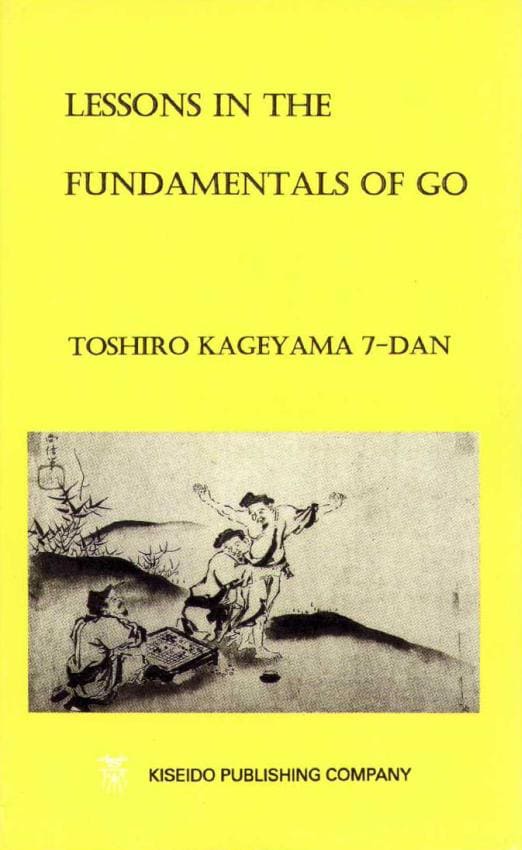
Travis (summary): That’s the ongoing interplay between intuition and reading—you build intuition through work, but when a ladder appears or a capture race tightens, you abandon the shortcut and count move-by-move.
AlphaGo and the Shift in How We Understand the Game
Travis: Many listeners first met you in the AlphaGo documentary. How do you think about AlphaGo’s success in the broader story of A.I.—and what it did to our understanding of Go?
Frank Lantz: “We have these models and algorithms that do much better than the best human player, but that doesn’t mean they’re actually understanding things—and adversarial A.I. experiments helped reveal that.”
Travis: And yet, despite that leap, today’s Go AIs still show odd blind spots.
Frank Lantz: “The first thing they discovered was this little glitch in the counting in the endgame—you’re counting and passing, counting and passing—and there was a small weakness where the A.I. would pass when it shouldn’t, and you could exploit that to beat it. I thought, ‘this is stupid, that’s just etiquette about passing and end-of-game counting,’ not a genuine insight.”
Frank Lantz (continued): “But these same guys kept working, using AIs not to get good at Go but just to beat AlphaGo. Eventually they found something that isn’t just a gimmick—it’s deep in the heart of how A.I. sees the board—and as a result it’s a method that you and me, plunkers, can use to beat AlphaZero, AlphaGo, KataGo—the state-of-the-art—by using this dumb trick.”
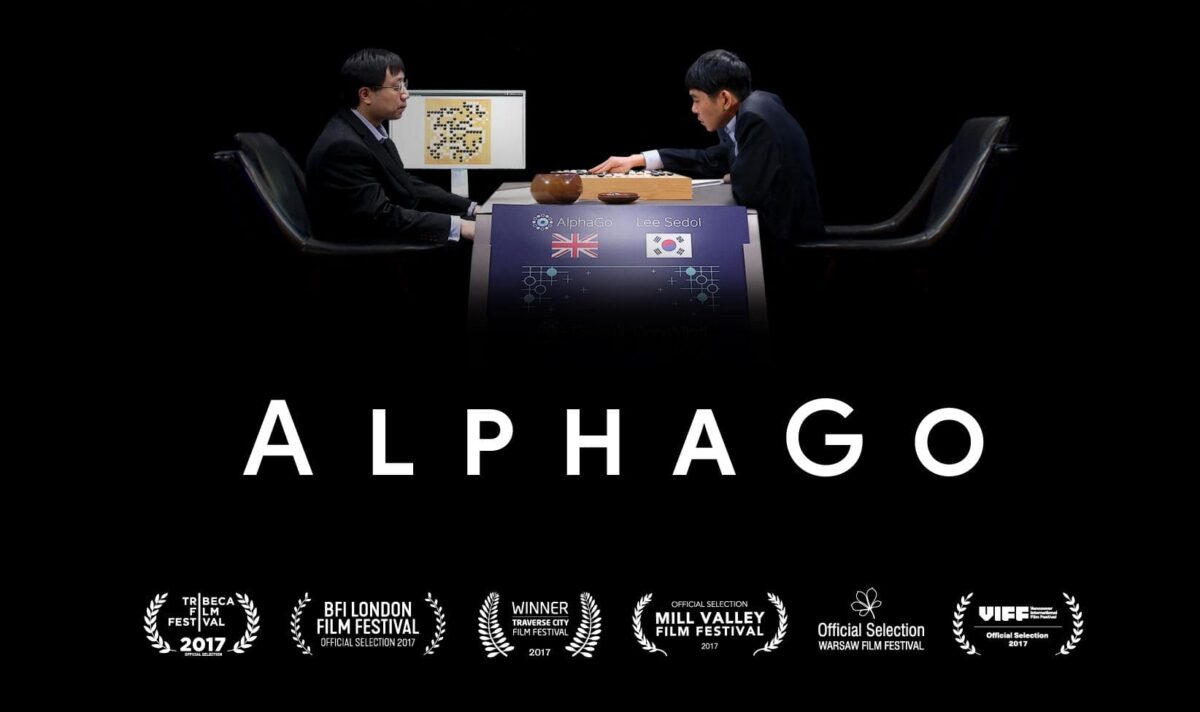
Travis: So the “superhuman” label didn’t close the book.
Frank Lantz: “It’s messy… AlphaGo is like a lens on optimal strategy, but it’s not really a thing that is playing Go; it’s a set of facts about best moves under certain conditions. And it has these strange artifacts—exploitable weaknesses—because it isn’t this messy, robust, complicated thing.”
Travis: What happened after that discovery?
Frank Lantz: “We thought the story was over—AlphaGo is superhuman, better than humans and always will be—and then, eight years later, someone goes, ‘no, the story is more complicated, there’s this weird back door.’ And you might think it’s easy to fix that back door—it’s actually not. The people who run KataGo are working on it, maybe they’ll fix it, but maybe there are other back doors we could also find.”
Travis: That pushes a bigger question about “understanding,” right?
Frank Lantz: “I’m not saying correlation can’t get you there. I’m saying this is revealing something about what we mean by understanding itself. When we ask, what does it mean to be good at Go?—on the one hand you point to AlphaGo, or the newest KataGo, and say that’s the gold standard; and then I say, ‘but I can beat it—me, a person who barely knows the rules.’”
Editor’s note: The episode doesn’t spell out the step-by-step mechanics of the exploit beyond the endgame passing glitch and the existence of a deeper **“back door.” The point, as Lantz frames it, is that adversarial testing surfaced systematic weaknesses without improving human play per se—clarifying how “superhuman” performance can still coexist with narrow failure modes.
Closing Remarks
Travis: Last word—how do you want readers to feel about Go after this conversation?
Frank Lantz: “Go has beauty that you can feel… beauty that you can experience—you experience the beauty in the tension between the rules and the consequences of those rules, your own choices and actions, and how it all fits together.”
Frank Lantz (continued): “I’m a believer that Go could come back and flourish—that Bridge could come back and flourish—and that new games will emerge to satisfy that appetite… it’s happened before, and things that happen can happen again.”
Travis: “Frank, this has been a great conversation… thank you so much.”
Resources & Links
Core episode & where to listen
- All Things Go — Episode with Frank Lantz (watch on YouTube)
Books & essays
- Frank Lantz — The Beauty of Games (MIT Press; publication details and formats). MIT Press
- Frank Lantz — “The Afterlife of Go” (Donkeyspace / Substack essay). Frank Lantz
- Toshiro Kageyama — Lessons in the Fundamentals of Go (Kiseido / product list; widely available in English—see also retail listing).
Film & related audio
- Documentary — AlphaGo (full film on YouTube, DeepMind). YouTube
- Podcast — Ezra Klein with Demis Hassabis (“A.I. Could Solve Some of Humanity’s Hardest Problems. It Already Has.”)—a wider A.I. context frequently referenced in Go discussions post-AlphaGo. Apple Podcasts
Author & profiles
- Frank Lantz — NYU Game Center profile. NYU | Game Center
- Donkeyspace (Frank Lantz’s newsletter). Frank Lantz
Support & contact for the podcast
- Ko-fi — All Things Go (support the show). Reddit
- Show hub / episode index (Apple/Spotify links + RSS; contact email listed on-page). All Things Go
We kept the list to materials explicitly referenced in the episode description or conversation, and pointed to authoritative pages (publisher, official feeds) for durability.
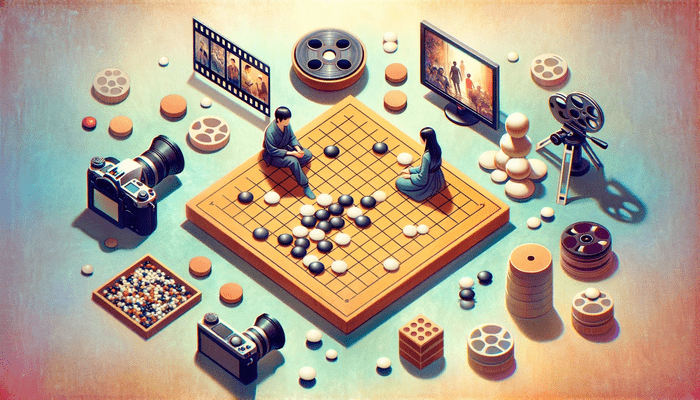
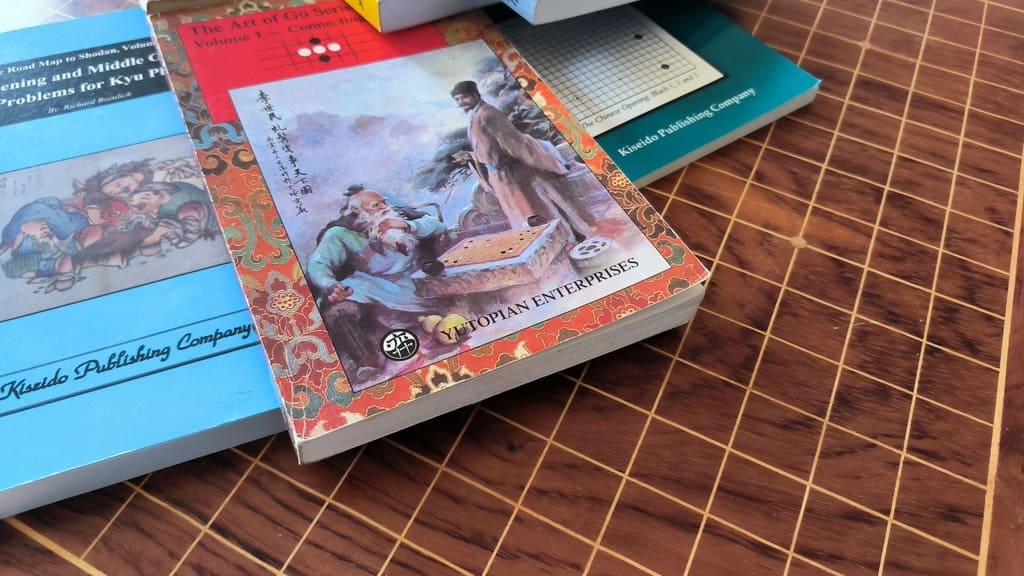

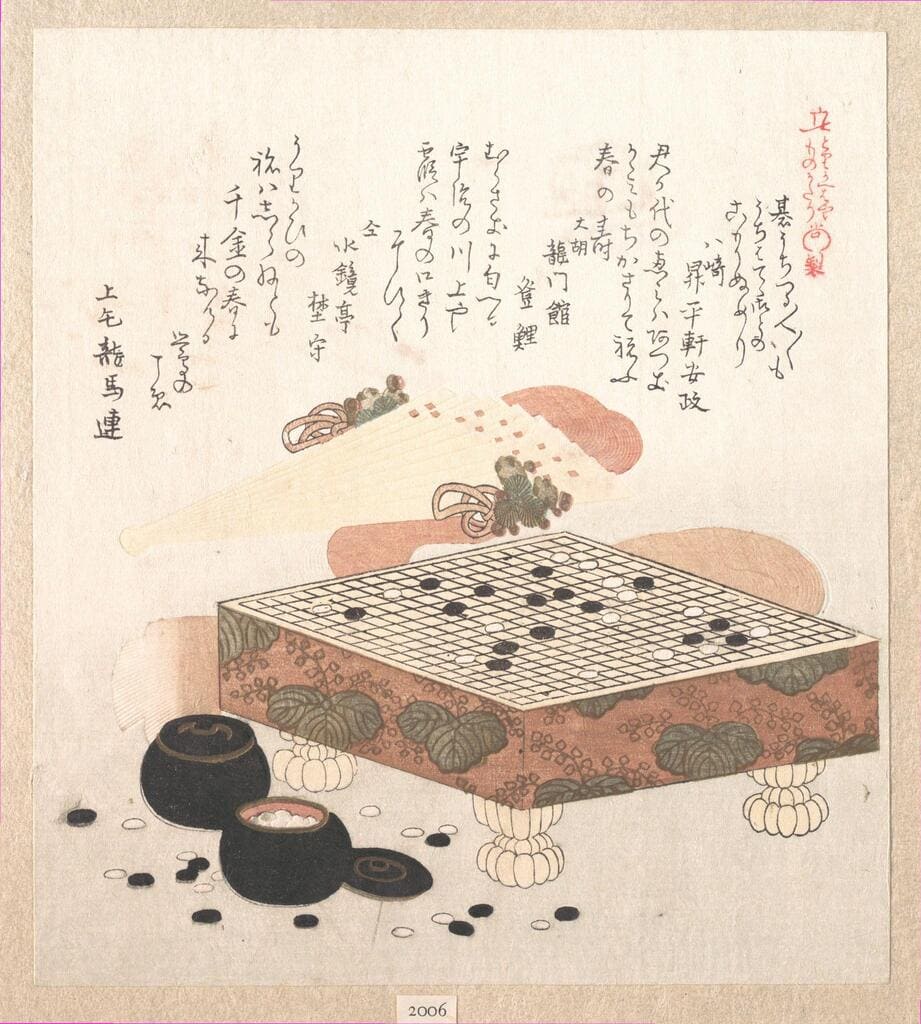

Оставить комментарий